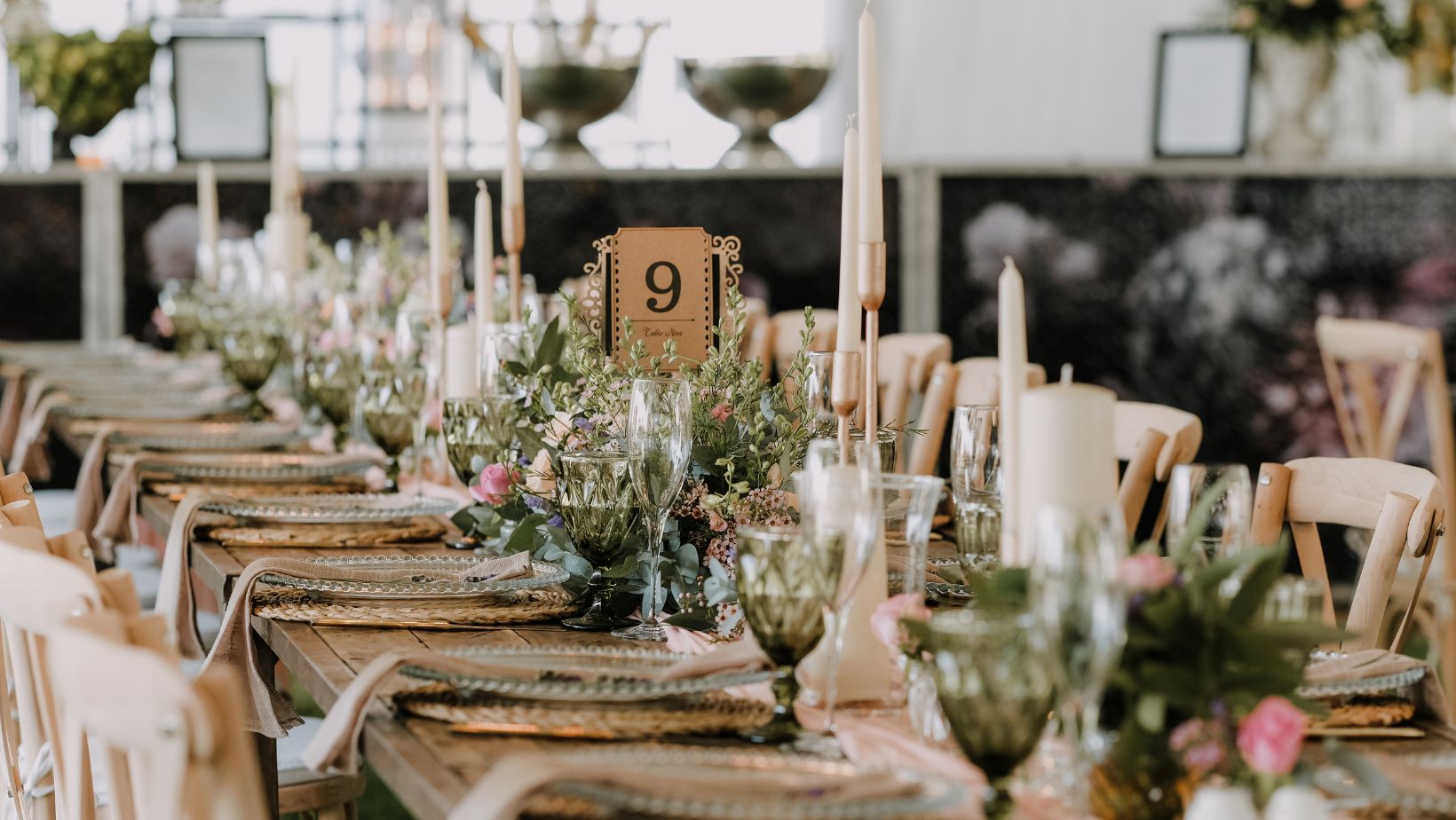How to Plan the Ultimate Italian Celebration

The art of celebration flows through Italy’s veins like fine wine through ancient vineyards. When one decides to host an Italian-inspired gathering, they’re not simply planning a party—they’re orchestrating an experience that engages all the senses and nourishes both body and soul. From the rolling hills of Tuscany to the coastal villages of Sicily, Italians have perfected the delicate balance of food, ambiance, and connection that transforms a mere meal into a memory to be treasured for years to come. This guide will walk through the essential elements needed to create an authentically Italian celebration that will have guests talking for months afterward.
The Art of the Italian Menu
At the heart of any Italian celebration lies the food—a carefully choreographed parade of flavors that unfolds over hours rather than minutes. The true Italian feast isn’t about overwhelming quantity but thoughtful progression. A traditional Italian menu follows this classic structure:
- Antipasti – Small bites like marinated olives, thinly sliced prosciutto, and creamy burrata arranged on rustic wooden boards to encourage mingling and conversation
- Primo Piatto – Handmade pasta tossed in a sauce that speaks of the season, whether it’s a bright primavera in spring or a hearty ragu in winter
- Secondo – The protein course featuring perhaps a perfectly roasted porchetta or delicate branzino
- Contorni – Vegetable sides that provide balance and color to complement the secondo
- Dolce – Sweet endings like tiramisu, panna cotta, or cannoli that provide the perfect punctuation to the meal’s sentence
- Digestivi – Herbal liqueurs like limoncello or amaro that close the culinary journey with a satisfying finale

Expert Tip: Allow at least 30 minutes between courses for proper digestion and conversation. In Italy, rush is the enemy of pleasure, especially at the table. Consider selecting a regional theme for your menu rather than mixing dishes from all over Italy—a Sicilian feast or Venetian dinner creates a more cohesive experience.
Setting the Scene: Italian Ambiance
Italians understand that the setting of a celebration is just as important as what’s served within it. Creating authentic ambiance doesn’t require flying in Italian marble or renting a villa—it’s about capturing a feeling. Long tables draped in simple linens encourage the family-style dining that characterizes Italian gatherings. Candles—many of them—cast a warm, flattering glow that makes everyone feel more beautiful and present.
Bring nature to the table with arrangements of herbs, lemons, or olive branches rather than fussy floral displays. Mismatched vintage plates and weathered serving platters tell a story of meals shared across generations. Music should be present but understated—classic Italian singers like Paolo Conte or Mina provide the perfect soundtrack without overwhelming conversation.
Expert Tip: Consider the layout carefully—Italians prefer arrangements where everyone can see and speak to one another. Circular or square tables work better than long rectangular ones for encouraging cross-conversation. If weather permits, dining al fresco—even in a small balcony or patio—instantly elevates the authenticity of the experience.
The Tempo of Time: Pacing Your Italian Celebration
Perhaps what distinguishes an Italian celebration most from other cultural festivities is its relationship with time. In Italy, a proper gathering is never rushed; it unfolds at the leisurely pace of a Sunday afternoon stroll. Plan for a minimum of four hours—and potentially much longer—allowing conversations to bloom and relationships to deepen between bites and sips.
Begin with aperitivo, that magical golden hour when appetite-stimulating drinks and light snacks prepare the palate and spirit for what’s to come. Signal the transition between courses not with a bell or announcement but with the natural rhythm of service. Leave generous pauses for digestion and discussion before introducing the next delight. Never clear plates while some are still eating—this cardinal sin of Italian hospitality signals rushing, which has no place at the celebration table.
The Language of Hospitality: Italian-Style Hosting
Italian hosts have elevated hospitality to an art form—one that balances warmth with sophistication, generosity with grace. As experienced Rome wedding planners often advise, rather than performing elaborate displays of perfection, the Italian host aims to make guests feel not impressed but embraced. This means anticipating needs without fussing, being present rather than constantly disappearing to the kitchen, and creating an atmosphere where guests feel free to participate.

Conclusion
The true measure of success is not found in empty plates or emptied wine bottles but in the reluctance with which guests eventually depart—lingering in doorways, suggesting one final digestivo, exchanging embraces that feel more familial than formal. In this reluctance to leave, one finds the ultimate compliment to the Italian host: the creation of a moment so pleasurable that returning to ordinary life feels like leaving an enchanted world behind. This, perhaps more than any other element, is the defining characteristic of the ultimate Italian celebration—not just feeding bodies but nourishing souls with an experience that reminds us all how sweet life can truly be when shared around a table set with love.

 Should Bangladesh Regulate Online Gambling? Pros and Cons
Should Bangladesh Regulate Online Gambling? Pros and Cons  Runway AI Video Generator Free: How EaseMate AI Makes It Simple for Everyone
Runway AI Video Generator Free: How EaseMate AI Makes It Simple for Everyone  How Can Gasteromaradical Disease Be Treated? Discover Effective Relief Strategies Now
How Can Gasteromaradical Disease Be Treated? Discover Effective Relief Strategies Now